Metal Braided Hose with Flexible Material
- Loading Port:
- Tianjin
- Payment Terms:
- TT OR LC
- Min Order Qty:
- 1000 pc
- Supply Capability:
- 100000 pc/month
OKorder Service Pledge
OKorder Financial Service
You Might Also Like
Item specifice
Metal Braided Hose with Flexible Material
Applications of Metal Braided Hose with Flexible Material:
--Refueling system
--Chemical and pharmaceutical industry
--Industrial hydraulic systems
--Air conditioners in industrial and construction –site vehicles
--Food and beverage industry
--Special and standard industrial applications
--Water and cleaning management
Features of Metal Braided Hose with Flexible Material:
1. )O. D.: 13-18MM 0.2-3M long
2. )Nut.: Nickel/Chrome Plated Brass (Zinc / Iron / Aluminum is available)
3. )Size Of Nut.: Female&Male 1/2''; 3/4''; 3/8''; 7/8''; 5/16'', and M10...
4. )Insert.: Brass (Zinc / Aluminum / Plastic is available)
5. )Inner tube.: Rubber/ EPDM/PVC
6. )Covered Material: Stainless Steel 201, 301, 304 /Aluminium Wire
7. )Working Pressure: 5Kg-15Kg
8. )Temperature: 0-92° C
9. )Quality Assurance: 3 years
RemarkAPPLICATION: HOUSEEHOLD WARE, BATHROOM WARE, SHOWER HOSE
PAYMENT: T/T, L/C
DELIVERY TIME: 20DAYS OR 30DAYS AFTER RECEIVED 30% DEPOSITS
MOQ: 5000PCS
ODM&OEM IS ACCEPTABLE
PackageInner: PP bag /Blister packing Outer: Carton box
Specifications of Metal Braided Hose with Flexible Material:
NO | I.D | Refer to O.D | Working pressure | Burst pressure | approximate Weight | |||||
(inch) | (mm) | (inch) | (mm) | MPa | Psi | MPa | Psi | kg/m | lbs/ft | |
1 | 1/8 | 3.2±0.2 | 0.35 | 9±0.3 | 2.06 | 300 | 8.27 | 1200 | 0.078 | 0.12 |
2 | 5/32 | 4±0.2 | 0.4 | 10±0.3 | 2.06 | 300 | 8.27 | 1200 | 0.092 | 0.14 |
3 | 3/16 | 4.8±0.2 | 0.43 | 11±0.3 | 2.06 | 300 | 8.27 | 1200 | 0.108 | 0.16 |
4 | 1/4 | 6.3±0.3 | 0.5 | 12.7±0.3 | 2.06 | 300 | 8.27 | 1200 | 0.134 | 0.2 |
5 | 5/16 | 8.0±0.3 | 0.56 | 14±0.3 | 2.06 | 300 | 8.27 | 1200 | 0.147 | 0.22 |
6 | 3/8 | 9.5±0.3 | 0.63 | 16±0.4 | 2.06 | 300 | 8.27 | 1200 | 0.182 | 0.27 |
7 | 15/32 | 12±0.3 | 0.75 | 19±0.5 | 2.06 | 300 | 8.27 | 1200 | 0.238 | 0.35 |
8 | 1/2 | 12.7±0.4 | 0.78 | 20±0.5 | 2.06 | 300 | 8.27 | 1200 | 0.262 | 0.39 |
9 | 5/8 | 16±0.4 | 0.94 | 24±0.5 | 1.03 | 150 | 4.12 | 600 | 0.351 | 0.52 |
10 | 3/4 | 19±0.4 | 1.13 | 28.8±0.5 | 1.03 | 150 | 4.12 | 600 | 0.515 | 0.77 |
11 | 1 | 25.4±0.5 | 1.38 | 35±0.6 | 1.03 | 150 | 4.12 | 600 | 0.637 | 0.95 |
Images of Metal Braided Hose with Flexible Material:
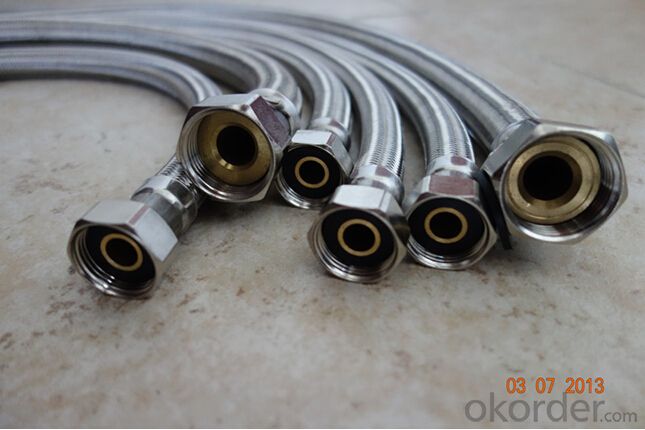
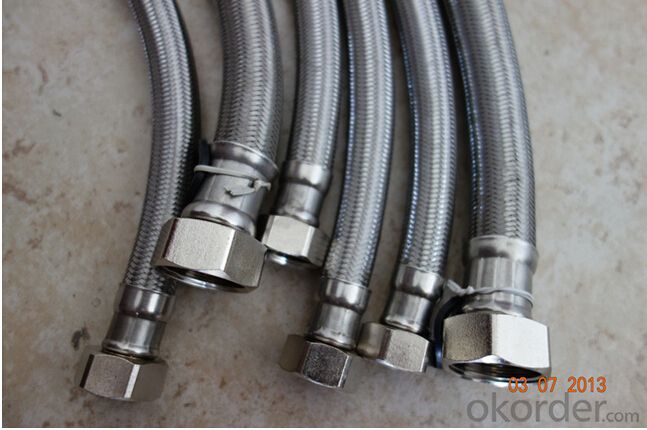
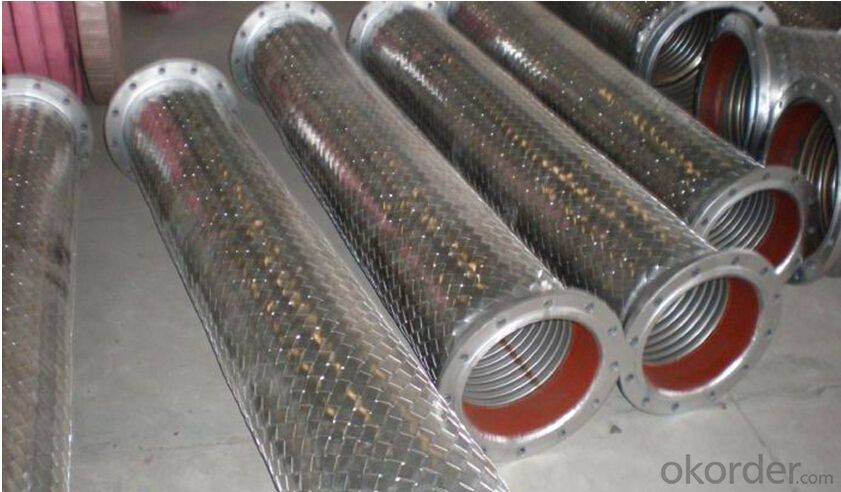
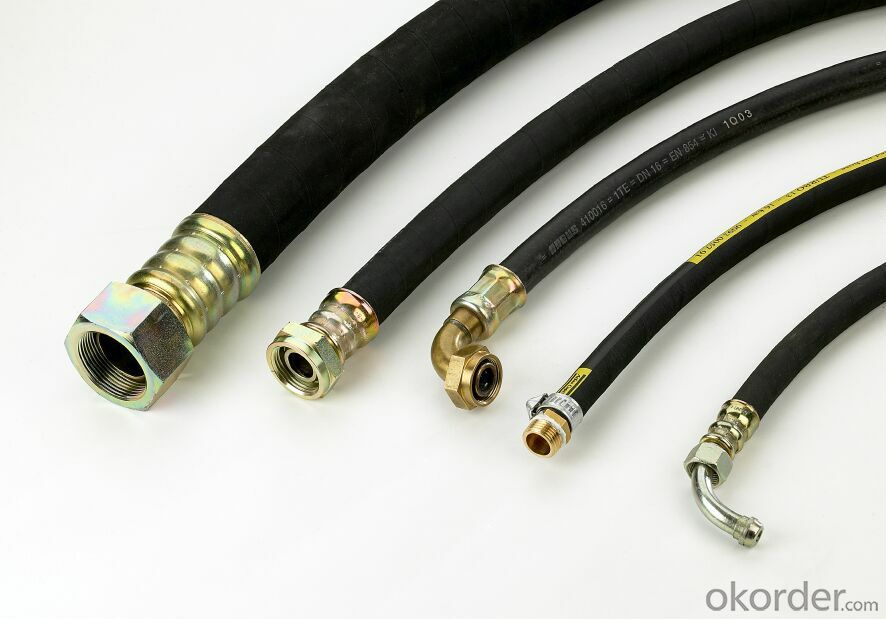
Package of Metal Braided Hose with Flexible Material:
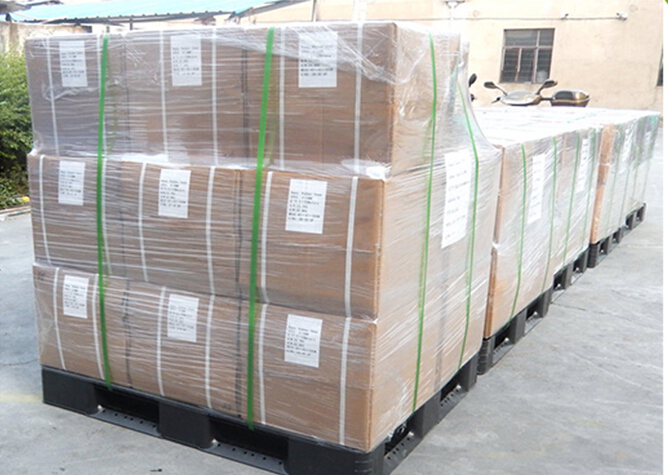
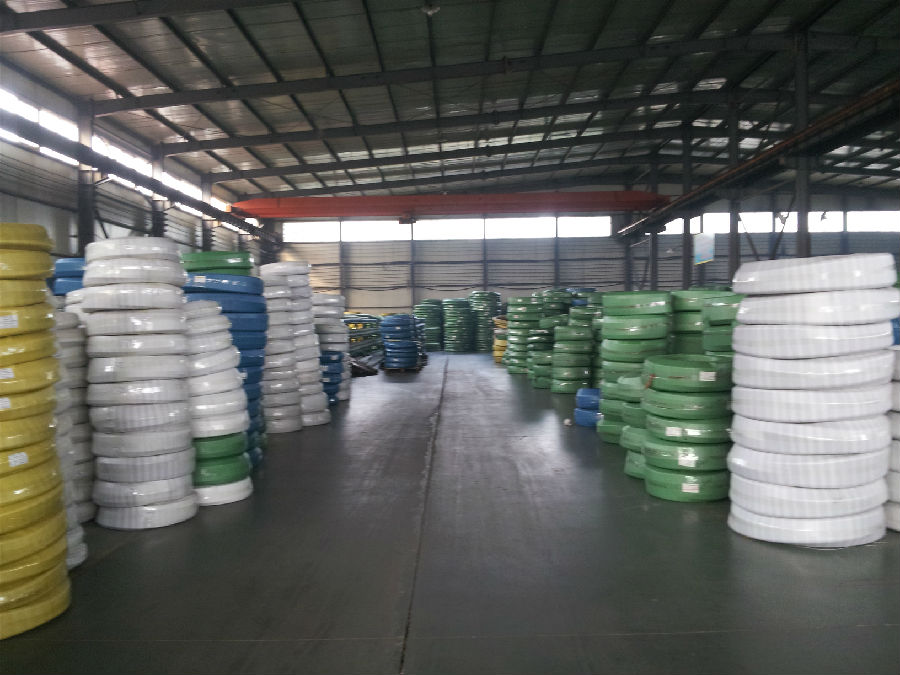
FAQ of Metal Braided Hose with Flexible Material:
Who we are:
Answer: We CNBM is a Chinese state-owned enterprise ranked 267th among the Global Fortune 500, as the largest building materials company,we have over 300 affiliated companies,and so many production lines and branch office distribute in China.
2. About our quality:
Answer: Every product needs to be quality proved before shipping.
3. About our service:
Answer: We could gurantte that we can reply you in 2 working hours.
- Q:Are stainless steel pipes suitable for heat exchangers?
- Stainless steel pipes are appropriate for heat exchangers. Stainless steel possesses remarkable heat resistance properties, making it an optimal choice for applications involving elevated temperatures. It is capable of enduring extreme heat without distorting or compromising its structural integrity. Moreover, stainless steel exhibits a high level of resistance against corrosion, which is vital for heat exchangers as they often come into contact with corrosive fluids or environments. This corrosion resistance guarantees the longevity and dependability of the heat exchanger, minimizing the possibility of leaks or malfunctions. Stainless steel pipes also boast exceptional thermal conductivity, facilitating efficient heat transfer between the fluids within the exchanger. All in all, the durability, corrosion resistance, and ability to withstand high temperatures make stainless steel pipes widely employed in heat exchangers.
- Q:What is the difference between 2205 and 316 stainless steel pipes?
- The chemical composition and resulting properties of 2205 and 316 stainless steel pipes differ significantly. Firstly, 2205 is a duplex stainless steel that combines austenitic and ferritic stainless steels. This unique composition grants it exceptional corrosion resistance, high strength, and weldability. It is specifically engineered to endure highly corrosive surroundings, thus making it suitable for applications in the oil and gas industry, chemical processing, and marine environments. In contrast, 316 stainless steel is an austenitic stainless steel with a higher proportion of chromium and nickel compared to 2205. Consequently, it possesses superior corrosion resistance, particularly against chlorides and other aggressive chemicals. It also exhibits commendable heat resistance and is widely employed in industries such as food processing, pharmaceuticals, and medical equipment. Regarding mechanical properties, 2205 stainless steel generally boasts greater tensile and yield strength than 316 stainless steel. This renders it more appropriate for applications where strength and durability are critical factors. However, 316 stainless steel offers better formability and is easier to work with during fabrication. In conclusion, while both 2205 and 316 stainless steel pipes provide corrosion resistance, the choice between them depends on the specific requirements of the application. 2205 is preferred for highly corrosive environments and applications necessitating high strength, whereas 316 is commonly utilized in industries where superior corrosion resistance and good formability are pivotal.
- Q:What's the difference between stainless steel decorative pipes and polished stainless steel pipes?
- Stainless steel decorative tubes are mostly stainless, iron does not contain nickel, and so on, the material is slightly worse. Mainly used for interior decoration, such as interior railings, stair guards and railings, windows and so on, the thickness of the steel pipe is generally relatively thin.
- Q:How do you clean and maintain stainless steel pipes?
- To clean and maintain stainless steel pipes, start by wiping them down with a mild detergent or soap and warm water using a soft cloth or sponge. Rinse thoroughly and dry with a clean cloth to prevent water spots. Avoid using abrasive cleaners or scrub brushes that can scratch the surface. Regularly inspect the pipes for any signs of corrosion, staining, or damage, and promptly address any issues to prevent further deterioration. Additionally, applying a stainless steel cleaner or polish can help remove stubborn stains and restore the shine of the pipes.
- Q:Can stainless steel pipes be used for exhaust systems?
- Yes, stainless steel pipes can be used for exhaust systems. Stainless steel is a popular material for exhaust systems due to its high resistance to corrosion and heat. It can withstand the extreme temperatures and harsh conditions that exhaust systems are subjected to, making it a durable and long-lasting option. Stainless steel pipes also have the advantage of being lightweight, which can help improve the performance of the exhaust system. Additionally, stainless steel pipes can be easily bent and shaped, allowing for customization to fit different vehicle models and configurations. Overall, stainless steel pipes are a reliable choice for exhaust systems, providing excellent performance and longevity.
- Q:What is the density of stainless steel pipes?
- The density of stainless steel pipes typically ranges from 7.9 to 8.0 grams per cubic centimeter.
- Q:What is the difference between seamless and ERW stainless steel pipes?
- Seamless and ERW (Electric Resistance Welded) stainless steel pipes are two different types of pipes used in various applications. The main difference between these two types lies in their manufacturing process and physical characteristics. Seamless stainless steel pipes are manufactured without any welding seam. They are made by extruding a solid billet of stainless steel through a die to form the desired shape and size. This process ensures a smooth and uniform surface finish, with no weak points or potential areas for leakage. Seamless pipes are generally considered to have higher strength and pressure ratings, making them suitable for high-pressure applications such as oil and gas pipelines, refineries, and petrochemical plants. On the other hand, ERW stainless steel pipes are manufactured by rolling a strip of stainless steel into a tube shape and welding the edges together using a high-frequency electric current. This welding process creates a strong bond between the edges, resulting in a welded seam running along the length of the pipe. ERW pipes are more cost-effective compared to seamless pipes and are commonly used in applications where high pressure is not a major concern, such as plumbing, structural applications, and low-pressure fluid transport. In terms of physical characteristics, seamless pipes have a smoother interior surface, which allows for better flow properties and reduces the risk of corrosion or scaling. ERW pipes, due to the welding process, may have a slightly rougher interior surface, but this does not significantly impact their performance in most applications. It is important to consider the specific requirements of your project when choosing between seamless and ERW stainless steel pipes. Factors such as pressure ratings, corrosion resistance, cost, and intended use should all be taken into account to ensure the most suitable option is selected.
- Q:Are stainless steel pipes resistant to scaling and oxidation?
- Stainless steel pipes possess exceptional resistance against scaling and oxidation due to the presence of a protective chromium oxide layer on their surface. This layer acts as a barrier, shielding the underlying metal from oxygen and other elements that can lead to scaling and oxidation. Consequently, stainless steel pipes are capable of enduring high temperatures, corrosive surroundings, and frequent contact with water without any deterioration or rusting. Hence, they are an ideal option for numerous applications in industries like construction, chemical, and food processing, where the ability to resist scaling and oxidation is paramount.
- Q:What are the different grades of stainless steel pipes?
- There are several different grades of stainless steel pipes, including 304, 316, 321, and 410. Each grade has its own unique properties and is used for specific applications based on factors such as corrosion resistance, strength, and temperature resistance.
- Q:What is the difference between seamless and seamless redrawn stainless steel pipes?
- The main difference between seamless and seamless redrawn stainless steel pipes lies in their manufacturing processes. Seamless stainless steel pipes are produced from solid billets without any seams or welded joints, resulting in a smooth and continuous pipe. On the other hand, seamless redrawn stainless steel pipes are initially produced through the seamless process, but then they undergo additional drawing or resizing processes to achieve more precise dimensions, smoothness, and improved surface finish. Overall, seamless redrawn stainless steel pipes offer enhanced precision and surface quality compared to standard seamless pipes.
1. Manufacturer Overview |
|
|---|---|
| Location | |
| Year Established | |
| Annual Output Value | |
| Main Markets | |
| Company Certifications | |
2. Manufacturer Certificates |
|
|---|---|
| a) Certification Name | |
| Range | |
| Reference | |
| Validity Period | |
3. Manufacturer Capability |
|
|---|---|
| a)Trade Capacity | |
| Nearest Port | |
| Export Percentage | |
| No.of Employees in Trade Department | |
| Language Spoken: | |
| b)Factory Information | |
| Factory Size: | |
| No. of Production Lines | |
| Contract Manufacturing | |
| Product Price Range | |
Send your message to us
Metal Braided Hose with Flexible Material
- Loading Port:
- Tianjin
- Payment Terms:
- TT OR LC
- Min Order Qty:
- 1000 pc
- Supply Capability:
- 100000 pc/month
OKorder Service Pledge
OKorder Financial Service
Similar products
New products
Hot products
Related keywords





























